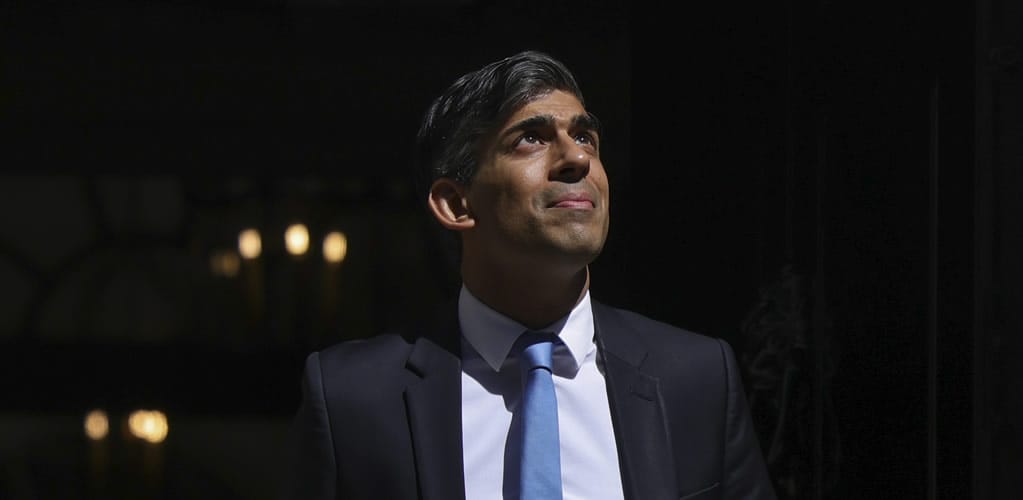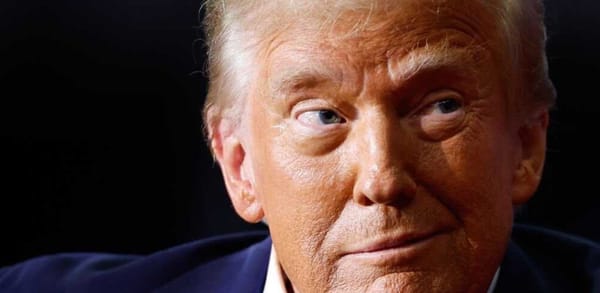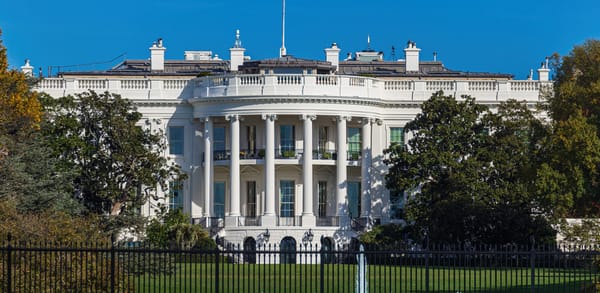If Rishi Sunak is ousted, should Tory MPs or members pick his replacement?
Rishi Sunak faces a potential Tory leadership challenge as 52 MPs could trigger a confidence vote. Leadership rules emphasize parliamentary support, yet member ballots could shift influence, reflecting broader legitimacy and control mechanisms within the Conservative Party.

S peculation continues over Rishi Sunak’s position as prime minister and Tory leader. The Conservatives’ leadership rules stipulate that Sunak would face a confidence vote among his MPs if 15% of them (52 MPs), wrote to Graham Brady, chairman of the Tories’ backbench 1922 Committee, calling for a ballot.
Conservative confidence votes are restricted to MPs, but if Sunak were forced out, his successor would be chosen by the party’s 170,000 members. Sunak lost such a contest to Liz Truss in 2022, but she lasted only six weeks before resigning. Perhaps with Truss in mind, Brady suggested that, while it is fine for party members to choose leaders in opposition, it is less appropriate in government.
Prime ministers must command the confidence of the House of Commons. First and foremost, that requires the confidence of their own party’s MPs. If party members choose leaders, they might be swayed by candidates’ ideological purity or media profiles, rather than who is able to unite their MPs into a cohesive parliamentary force. According to this logic, only MPs can be trusted to choose the best leader.
But this is not necessarily the case. Leadership contests are carefully structured events. My research on leadership elections identifies four criteria for evaluating how these systems are working.
First, the system must produce a leader with legitimacy. This is the justification of authority and the obligation of others to obey it. In leadership selection, this is usually rooted in democratic procedures. Second, it must deliver a leader with parliamentary acceptability – because leaders must be acceptable to their MPs. This is a practical requirement in a parliamentary system, where leaders must unite (and discipline) their legislative parties. Third, the system must make it possible for leaders who overstay their welcome to be removed. Fourth, contests must be timely – the party should be able to run them quickly or draw them out, as circumstances dictate.
The debate over whether MPs or members should choose leaders relates mainly to the first and particularly the second criteria. It was argued that Truss, and Jeremy Corbyn in the Labour Party, were imposed on the party by members but unacceptable to the MPs.
It is obvious how parliamentary ballots, which both main parties once used to select their leaders, score highly on parliamentary acceptability. The winner is guaranteed to secure majority (or strong plurality) support from MPs. But even with the shift to member votes, both Labour and the Conservatives use parliamentary controls to screen out unacceptable candidates. Parliamentary nomination thresholds are a common method. Labour leadership candidates currently need 20% of their MPs to nominate them publicly, making it hard for the radical left to run candidates.
The Conservatives’ nomination rules fluctuate from one contest to another because the executive of the 1922 Committee and the party board can modify them according to circumstances.
In the first Tory contest of 2022, candidates needed nominations from 20 MPs but in the second contest, it was increased to 100 MPs. In the latter, Sunak was the only candidate to gather sufficient nominations. The Tories also use a system of preliminary parliamentary ballots to whittle down the number of candidates to two before giving the members a vote. These rules ensure that any candidate must enjoy considerable backing from Conservative MPs.

— Do you think Rishi Sunak should resign from his role as Leader of the Conservative Party before the next election, or should he remain?
So, it’s not necessarily the case that in leadership contests, members are pitted against MPs. They are two parts of the same system. Corbyn was undoubtedly unacceptable to Labour MPs, yet they had only themselves to blame for his victory in 2015.
At the time, the parliamentary nomination threshold was 15% and Corbyn was well short of that until he was “loaned” nominations from MPs who did not support him but wanted to “broaden the debate”. They expected him to lose but he swept all before him in the member ballot. The parliamentary controls existed to stop his candidacy, but MPs chose to deactivate them.
The case of Truss is different. She was not a parliamentary outsider like Corbyn, but a senior cabinet minister. In the preliminary parliamentary ballots of 2022, she saw off several other candidates to become the candidate of the Tory right. In the final parliamentary ballot, Truss (with 113 MPs) pipped Penny Mordaunt (with 105) for second place to Sunak (137), before she triumphed in the member ballot. Yet Sunak was hardly the overwhelming choice of MPs, attracting less than 40% as supporters.
One-member-one-vote systems are capable of delivering leaders who are acceptable to MPs, provided that controls are in place and operated. British parties switched to member ballots because of the belief inside those parties that leaders required a wider base of legitimacy than that provided by MPs. Any attempt to revert to parliamentary ballots would stir significant internal dissent.
Supporters of member ballots argue that members are people with a special commitment to their parties and expect a say in leadership selection in return for their activism and support. Moreover, academic research indicates that party members are not, on the whole, ideologically “extreme”, and certainly not much more than MPs themselves.
A greater problem for the Conservatives is the way the two parts of their current system interact. The parliamentary ballots are intended solely to produce a shortlist of two candidates for the member ballot but they are widely interpreted as indicators of parliamentary support.
This becomes a problem if majorities of MPs and members prefer different candidates, producing competing legitimacies. Alternatively, splits within the parliamentary party can lead to three evenly-matched candidates in the final round of voting.
That means that whoever wins the member ballot appears lacking in parliamentary support – as with Truss in 2022 (but it would also have applied to Sunak had he won). Barring a return to parliamentary selection, this problem could be addressed by following Labour in moving to pure member voting on any number of candidates that get enough support from the parliamentary party, but with high nomination thresholds.
The Conservatives’ eviction rules also arguably make it too easy to trigger a confidence vote in the leader. The 15% threshold is very low, especially as MPs writing letters retain their anonymity. Theresa May (2018) and Boris Johnson (2022) faced confidence votes and although each won their respective ballot, their authority was damaged. Both resigned not long after. Any vote triggered against Sunak risks leaving him in place as a lame duck in election year.
Party members are sometimes unfairly maligned. It was Tory MPs who chose May and Sunak (neither faced a member ballot). May botched Brexit while Sunak is plumbing the depths of unpopularity. And the various scandals that have engulfed the Conservative Party concern the conduct of its MPs, not its members. Watering down the members’ rights is unlikely to resolve divisions and deter misbehaviour in the parliamentary party.

Sources:
▪ This piece was originally published in The Conversation and re-published in PUBLIC SQUARE UK on 8 May 2024. | The author writes in a personal capacity.
▪ Cover: Flickr/Number 10. (Licensed under a Creative Commons Attribution-ShareAlike 4.0 International License.)







[Read our Comments Guidelines]